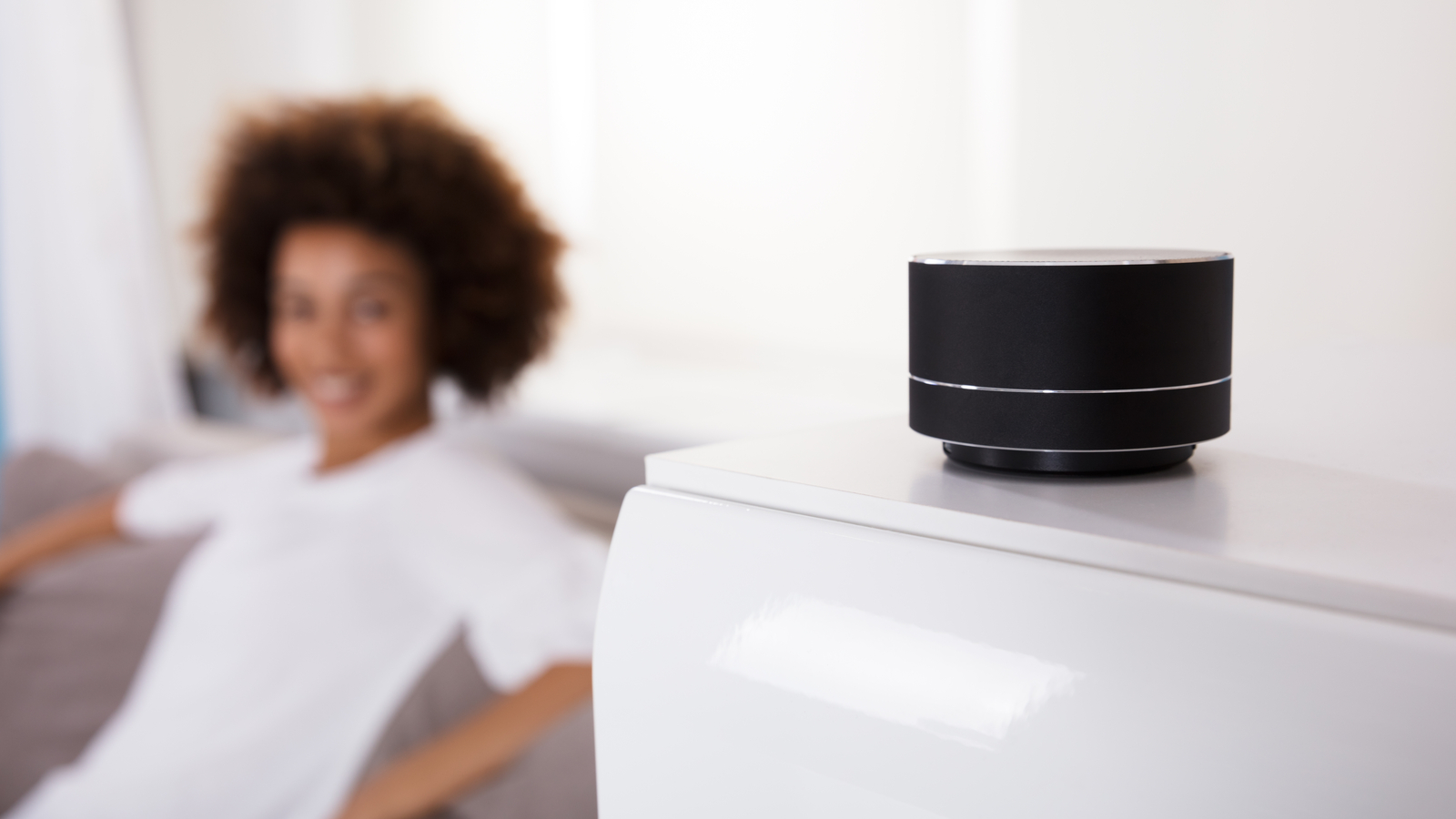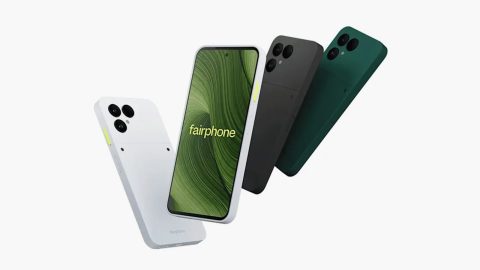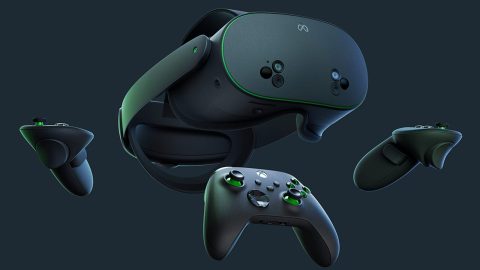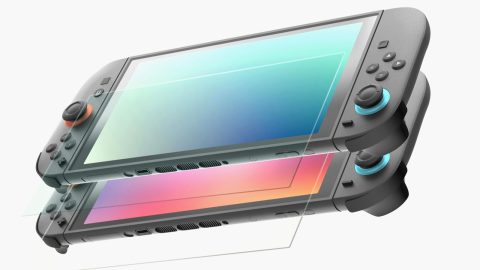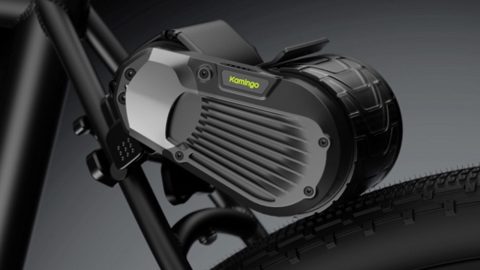The Crazy Cool Future of Smart Home Tech
March 29, 2018
byThe IMBOLDN Editors
-
Tech Could This Ethical iPhone Clone Steal Apple’s Thunder?
A repairable smartphone with a premium design.
-
Tech Meta x Xbox = First Ever VR/QB Cloud Crossover
The Meta Quest 3S Xbox Edition boasts a virtual 26‑foot immersive display in VR.
-
Tech Belkin’s Glass Guard Makes Your Switch 2 Bulletproof
Outdoor gaming anti-glare protection for Switch 2.
-
Tech The OnePlus Pad 3 Could Be The Ultimate Android Workhorse
Ultra-thin design and premium build elevate OnePlus Pad 3’s appeal.

